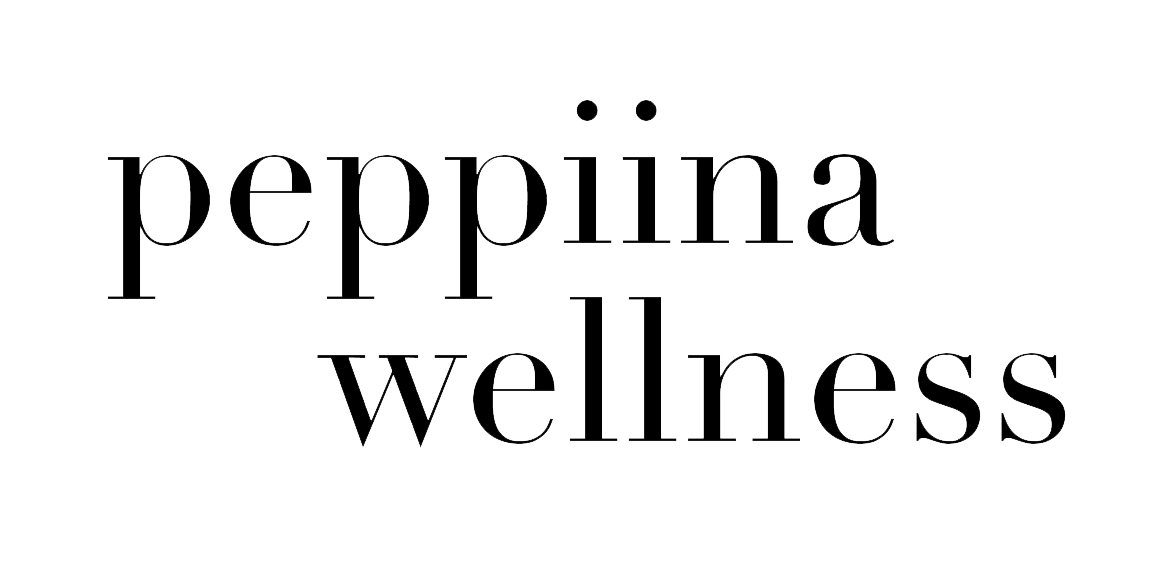Two Habits To Start While Grocery Shopping
Almost all “Health Products” you pick up at your local grocery store today are slapped with one or more of the labels: Gluten-Free, Vegan, Nut Free, Soy Free, All Natural, Low Calorie, Free Range, Cage Free, Organic, and Grain Free. Since it’s free of basically everything besides air, it must be good for you, right?!
Wrong. I am no professional when it comes to marketing but I do see how effective it is at convincing people what’s good and what’s not. The confusion and overwhelm a lot of people are currently experiencing in the nutrition world is a result of these overused and, sometimes, contradicting labels.
There are two things people can do to simplify their shopping experience and stop being tricked by product companies:
First, focus on foods without labels.
This means staying in the produce section of the store for the majority of your groceries, or better yet, farmers markets where most produce is in season and locally grown. Nature gets it right every time which is why there is no need for labels and convincing. Broccoli doesn't have to tell you its gluten free just like an orange doesn't have to tell you it's low fat, because it just naturally is. If you feel overwhelmed in the produce and bulk sections of the grocery store because you aren’t sure how to mix and match different vegetables, whole grains, legumes, and herbs, be sure to look up a few delicious plant heavy recipes ahead of time (I'm sure many of you have amazing recipe screen shots from Instagram saved on your phone- revisit them!). This way you can have a short grocery list on hand while you shop to save you time and build your confidence at knowing which veggies to go for in the produce isle.
Second, when buying food with packaging, read the nutrition labels.
Think about dating: you’re not going to sign up for a relationship until you know what this person is all about, no matter how good looking they are! Same goes for food, instead of letting these food companies convince you of their product with pretty packaging, stop settling, turn the thing over and read what its true substance is. Be sure to check the nutrition facts to see is the calories, fat, sugar and sodium numbers are somewhat reasonable. But most importantly, read the list of ingredients! You want a simple and short list of ingredients versus a long list that has many chemical sounding additives and preservatives. You can also find the sources of fats and sugars in this list to see if they are of quality or not (more on that another time)!
Why Are These Two Steps SO Important?
Here is an example scenario I had with a client:
This client's goal was weight loss so we did a grocery shopping tour. We wanted to find the perfect granola to add to her morning smoothie bowls. She saw a pretty "natural" looking package labeled “Grain Free” thinking it must be healthy and slipped it in the cart. Not so fast! When we flipped the bag over, I showed her the nutrition facts and saw there was an astounding amount of calories in a small 1/4 cup serving because of so many processed oils and sugars being added to it. We picked another one with simpler ingredients and less additives and just like that she saves herself 200 calories at breakfast every morning.
Those 200 calories may not seem like a lot but that is just one ingredient from one breakfast. Think about how many blind calories might be slipping into each meal you are eating, then multiply that by 3 or more, then by 7 (days of the week)- it adds up quick!
We are picky with so many things in life and take careful consideration before making choices. I encourage you to start being picky about what really goes in that gorgeous body of yours!
In Love,
Pep.










